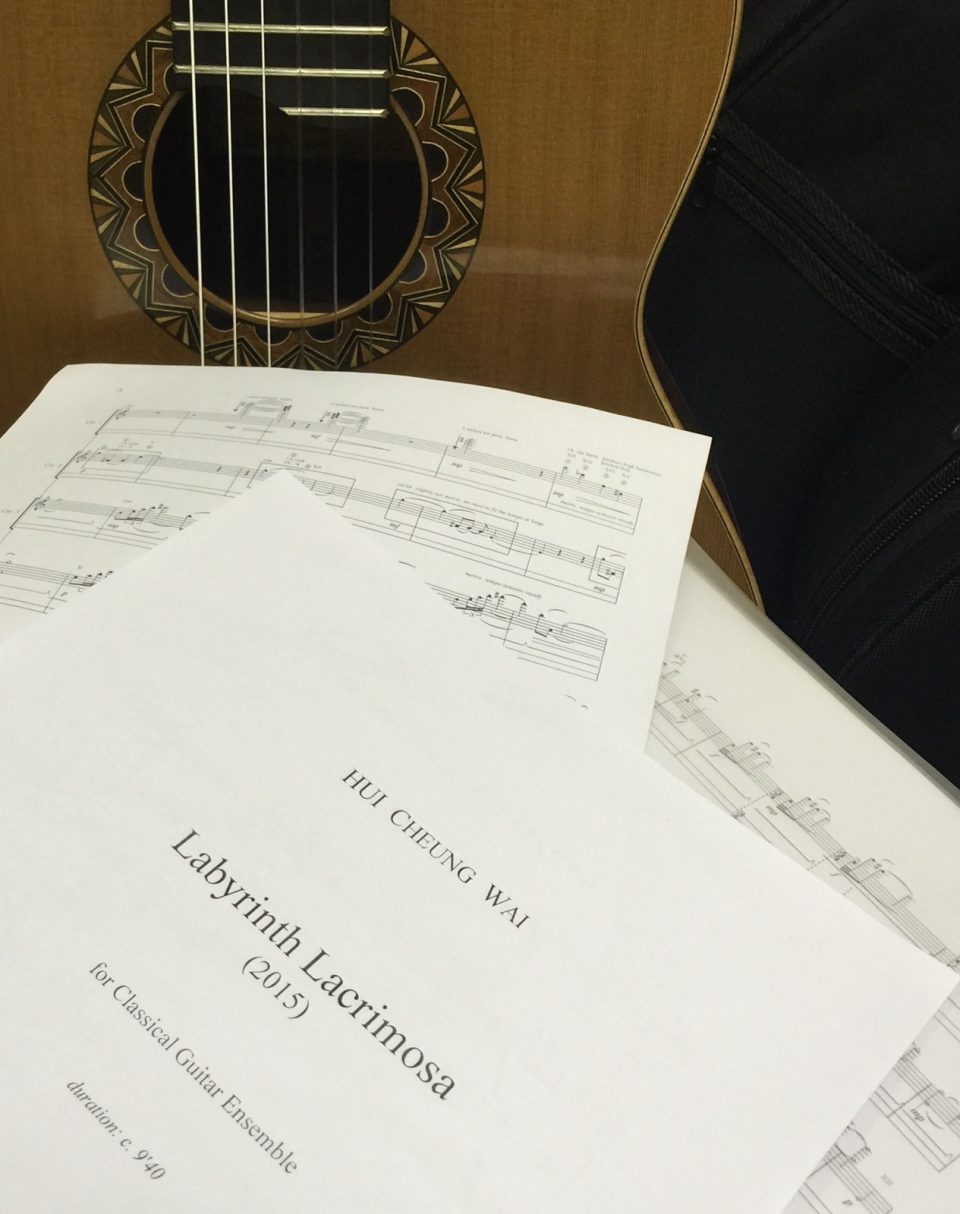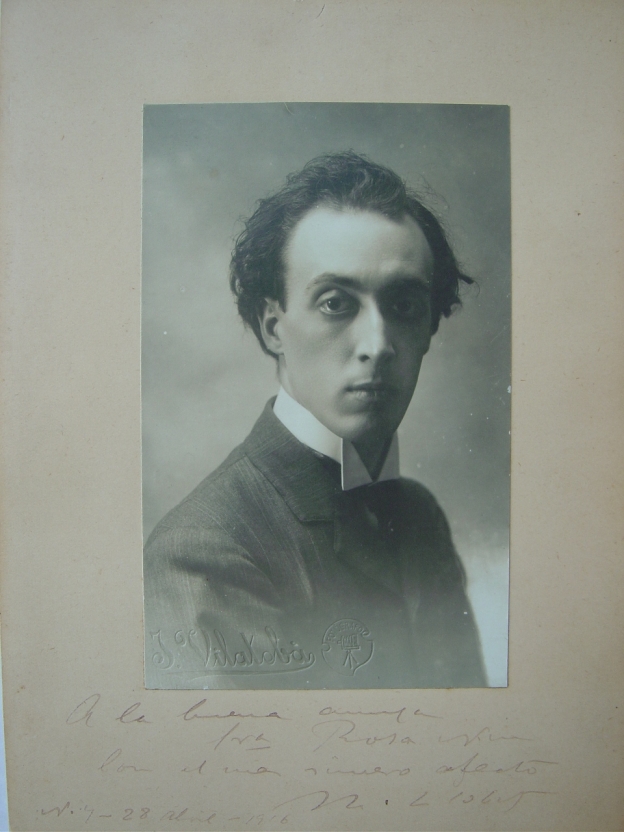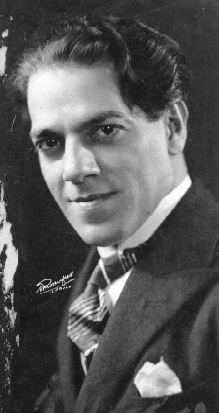Pierre Lerich, French guitarist and composer. Born in Calais on 29th June 1937, died in Lille on 11th August 2008. Lerich’s style is influenced by Jazz and Latin American music. His works are mostly fresh and pleasant.
The six preludes are Lerich’s short and refined works.
The first one started with the short and lively E major theme and modulate to G major in the middle section with different mood as contrast to the first theme, and finally returned to the first theme in E major
The second is a slow lullabies. The left hand moves on the fretboard with geometric fingerings to form a unique arpeggios.
The third subtitle “sur trois cordes” in French means three strings, as the title suggests that is all done on the three treble strings except for the last note. The music has a flavour of jazz harmony.
The fourth is the most popular one in this set of preludes. The subtitle “comme un reve,” which means dreamlike. The rhythm is in three beats similar to Barcarola. The melody is catchy and with the impressionistic harmony. It is like the feeling of boating on the river at night.
The fifth one is a slow-moving speed mostly in 6/4 tempo, but there’s 3/4 and 4/4 tempo insert in the middle to make the phrase more flexible. The impressionistic harmony make this piece reminiscent.
The sixth prelude is very free in tempo (Tres libre). The whole piece does not even have a bar-line. The impromptu style is obvious and in a mysterious mood.


